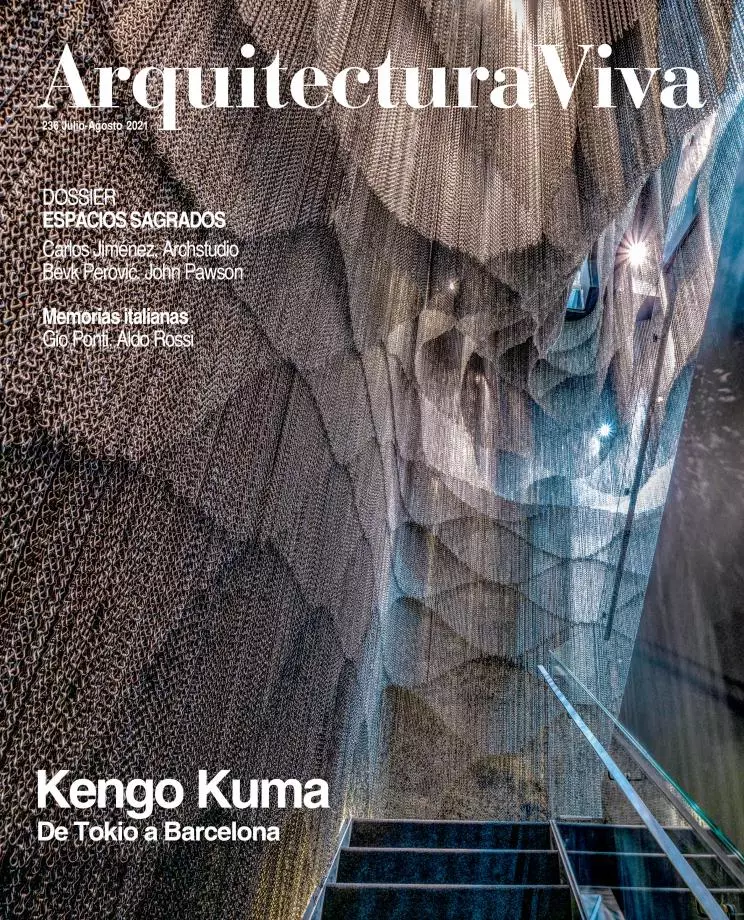
Exceptional but unknown to many (although this magazine devoted an extensive article to him in 1998), the Dutch architect-monk Hans van der Laan is now the theme of a monograph edited by Nicola Panzini that complements those put together by Richard Padovan (Dom Hans van der Laan: Modern Primitive, 1989) and Alberto Ferlenga with Paola Verde (Dom Hans van der Laan: Le opere, gli escritti, 2000). The new book focuses less on his theoretical than on his built work, and this through the Vaals monastery and Rosenberg abbey, practically the only projects he came to complete.
An exhaustive study of these throws light on the importance of Van der Laan’s architecture, revealing their complexities by examining contextual and material aspects which the previous publications dealt with less thoroughly, but which are key to understanding the subject’s professional skills and design subtleties.
Also analyzed are Van der Laan’s sources, picked up during trips to Italy, as much from Paleo-Christian basilicas as from the Pompeiian domus, which convinced him that the house is the beginning of all architecture. Panzini’s field work has brought a wealth of relevant material to light: original plans and photographs heretofore unheard of, images of the construction process, and documents attesting to the Benedictine monk’s interest in ancient architectural culture.
There are texts penned by Hans van der Laan himself and by Padovan, discoverer and first translator of this essential architect.






